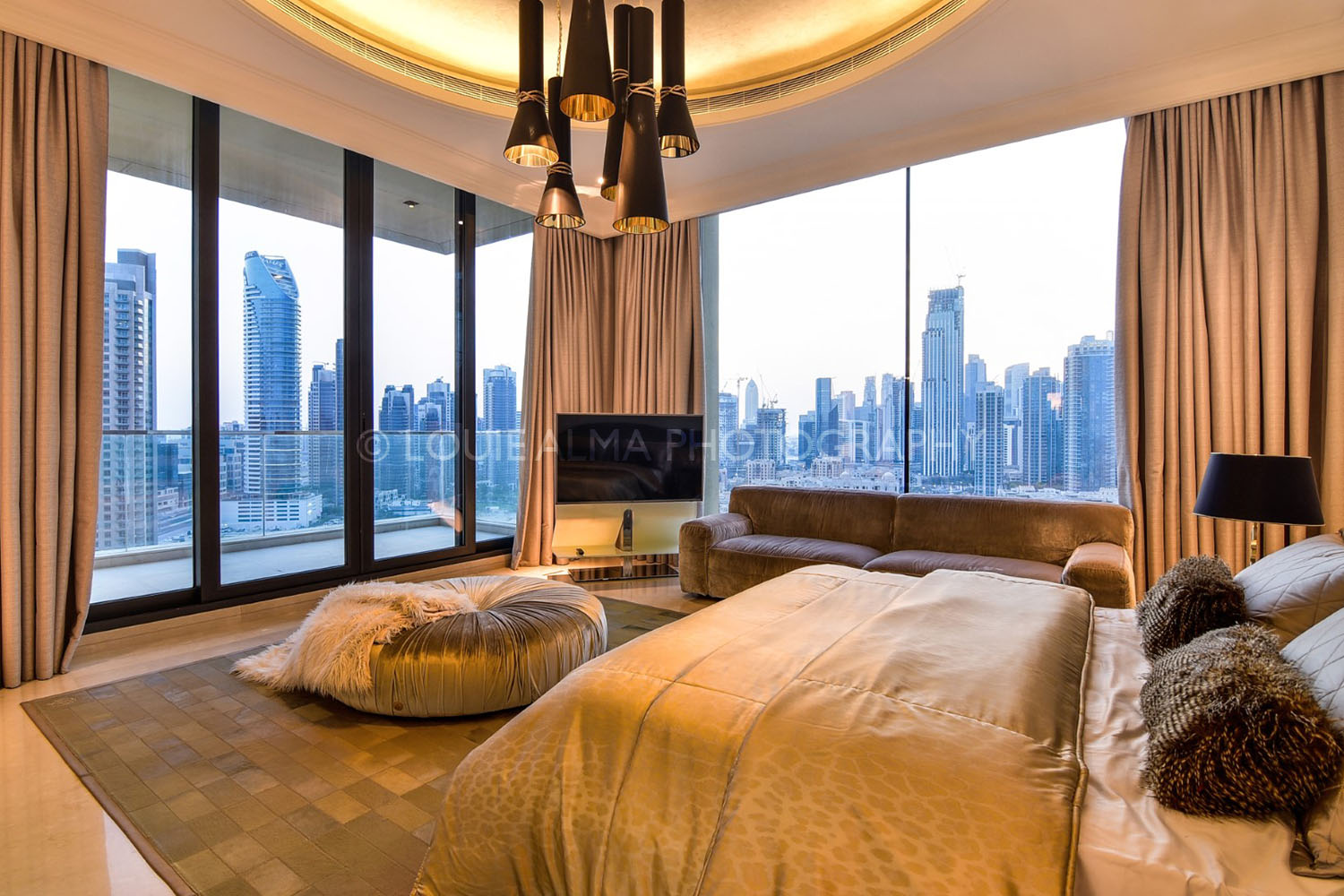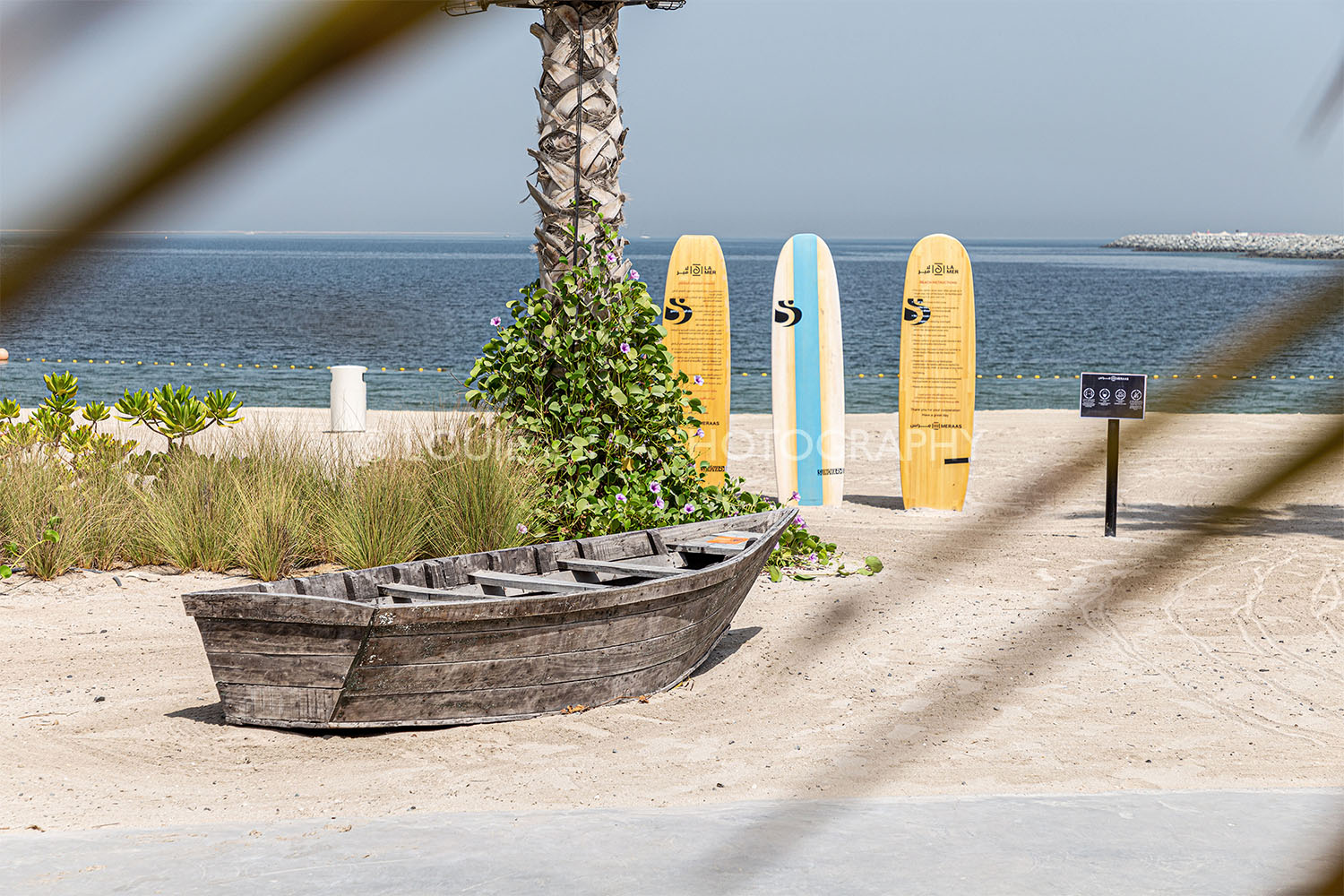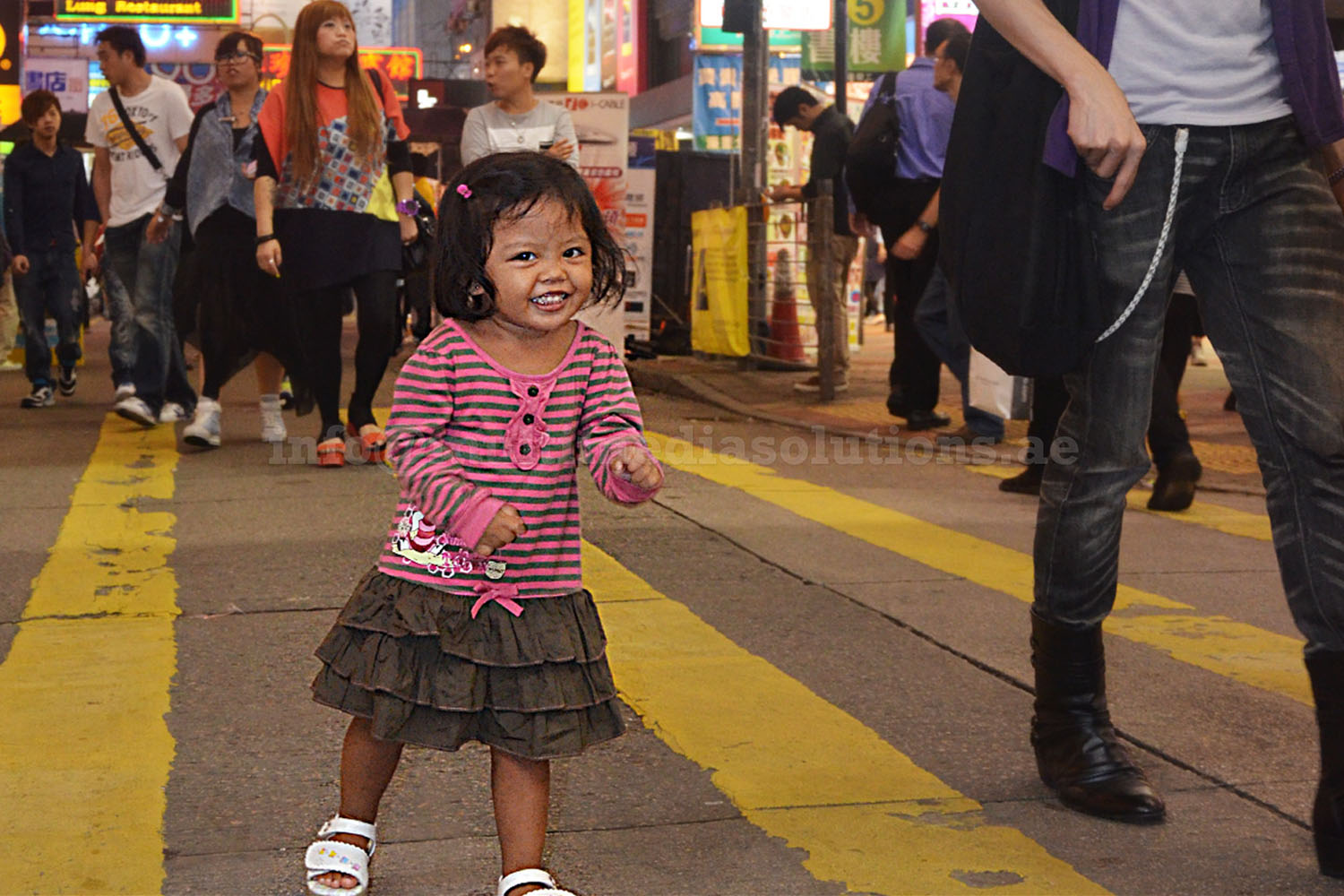Make Outdoor Subjects POP Using Linear Gradients in Lightroom (VIDEO)
This tutorial from one of our favorite instructors is all about drawing more attention to the key element in a scene when it recedes intro surrounding area of the frame. The quick-and easy trick enables to create more impactful images by separating the subject in a way that immediately draws attention.
Instructor Christian Mohrle is a notable German landscape photographer and a favorite among Shutterbug reader who appreciate his straight-to-the point instructional videos. Today’s 11-minute episode begins with noise reduction and other basic adjustments before turning to multiple masks for selective color grading sharpening, and more.
We encourage you follow along and make the changes yourself by downloading the demonstration Raw photo using a link beneath the video. Mohrle captured this shot at ISO 12,800 so the first step is banishing the inevitable noise. He opens Lightroom’s Detail panel and demonstrates the simple steps.
Mohrle then switches to the Basic panel for several more global enhancements that kick off with an increase in overall contrast. He brings down shadows and boosts the whites, while avoiding clipping by paying close attention to the histogram. Other preliminary adjustments include gently raising blacks to create softer tones in the darker portions of the image,
Now it’s time for the fun part of Mohrle’s very effective workflow that relies upon several selective enhancements for his impressive transformation that’s readily apparent by comparing his before/after examples. The Linear Gradient trick come first, followed by more masking, and a bit of final color grading and subtle sharpening.
Be sure to check out The PHLOG Photography YouTube channel where you’ll find almost 1,000 more how-to videos like this one.
We also recommend watching the tutorial we featured earlier with another image editing specialist who demonstrates how to add an impressive finishing touch to landscape and nature photographs with a quick Lightroom trick using Depth Masks.



















